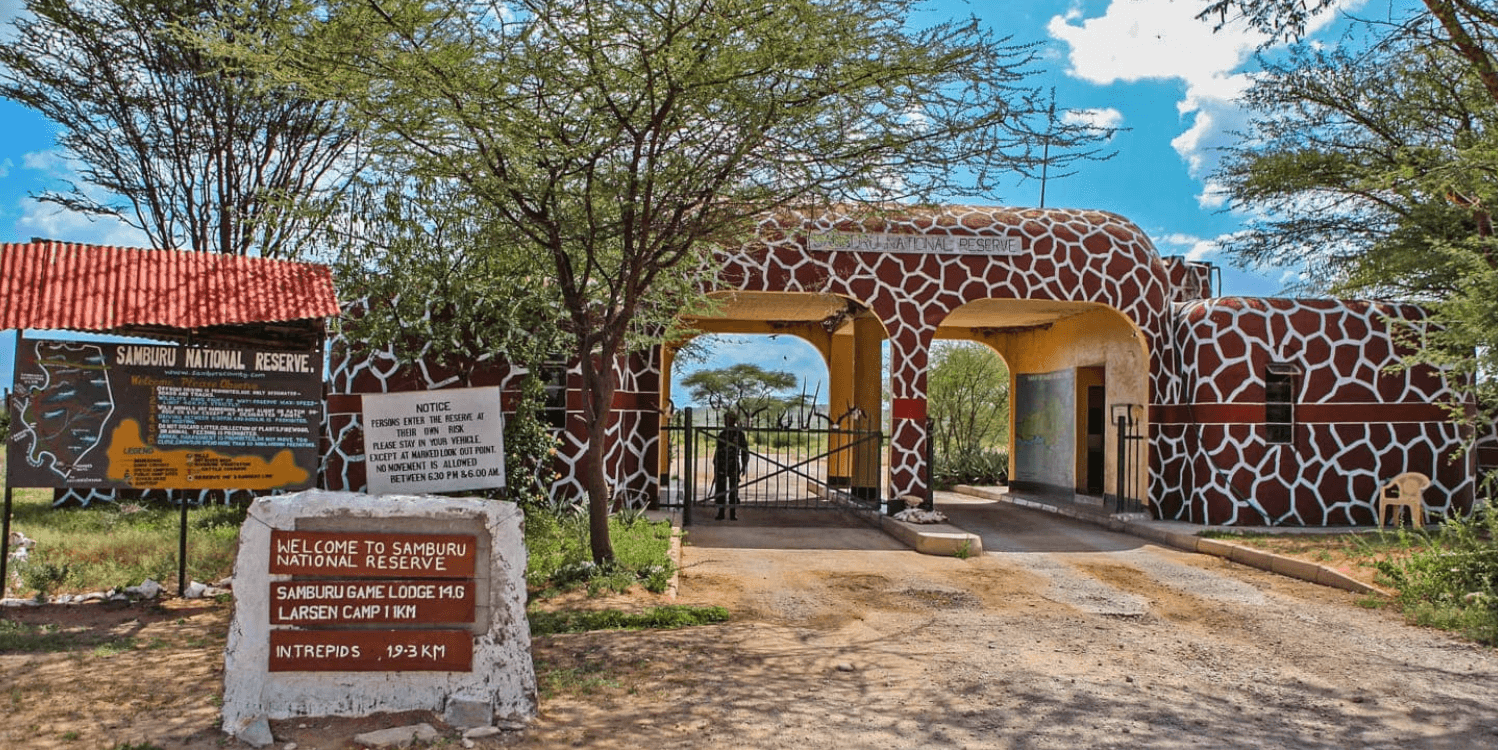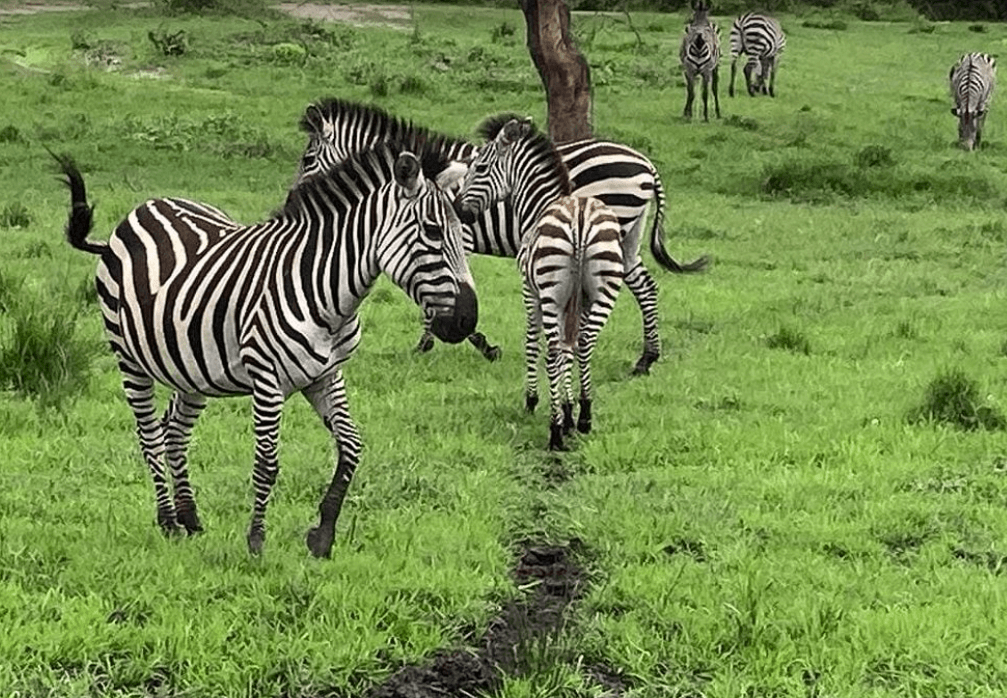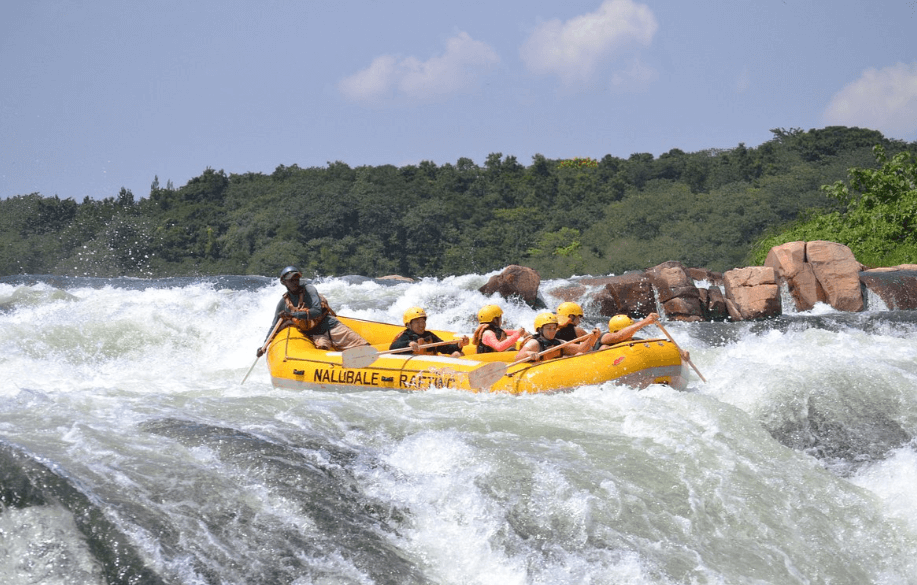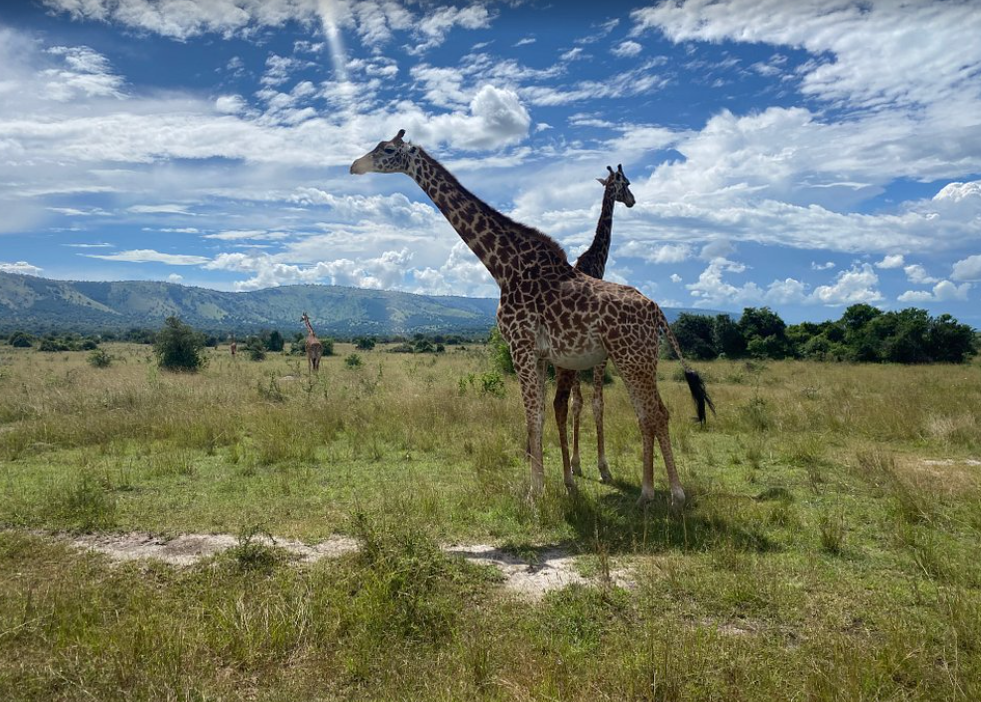Serengeti National Park: Tanzania’s Wildebeest Habitat
The Serengeti National Park, located in northern Tanzania, is one of Africa’s most celebrated wildlife reserves. Covering an area of 14,750 square kilometers, this UNESCO World Heritage site is renowned for its vast plains, diverse ecosystems, and the annual Great Migration, one of the most spectacular wildlife events on the planet. Every year, over 1.5 million wildebeest, along with hundreds of thousands of zebras and gazelles, move in search of fresh pastures, closely followed by predators like lions, cheetahs, and hyenas.
The Serengeti is not only about the Great Migration; it also offers visitors year-round game viewing opportunities, with its rich variety of wildlife, including the famous Big Five – lions, elephants, leopards, buffalos, and rhinos. The park’s unique landscape, ranging from savannahs to woodlands, also makes it a haven for bird enthusiasts, with over 500 bird species recorded.
History and Background of Serengeti National Park
Serengeti National Park’s name comes from the Maasai word “Siringit,” meaning “endless plains.” This aptly describes the vast open grasslands that dominate much of the park. The Maasai people, who have lived in the region for centuries, used the area primarily for grazing their livestock.
The first European to visit the Serengeti was Austrian explorer Oscar Baumann in 1892, but it wasn’t until the 1920s that the region gained attention for its abundant wildlife. The area was declared a game reserve in 1921, and later, in 1951, Serengeti became a fully-fledged national park. One of the key figures in the park’s conservation efforts was Bernhard Grzimek, a German zoologist, and his son Michael, whose 1959 film “Serengeti Shall Not Die” brought international awareness to the park’s conservation needs.
Today, Serengeti National Park is part of the larger Serengeti-Mara ecosystem, which spans into Kenya’s Maasai Mara. The park plays a crucial role in preserving one of the last remaining natural migration systems on earth.
How to Get to Serengeti National Park
By Air
Most visitors to Serengeti National Park opt to fly from Arusha to one of the park’s airstrips. Arusha Airport (ARK) offers daily flights to various airstrips within the park, such as Seronera, Kogatende, and Lobo. There are also flights from Kilimanjaro International Airport (JRO), which is about 46 kilometers from Arusha. The flight duration from Arusha to Serengeti is approximately 1 to 1.5 hours.
International visitors typically fly into Kilimanjaro International Airport or Julius Nyerere International Airport (DAR) in Dar es Salaam before connecting to a flight to Arusha or directly to Serengeti.
By Road
While flying is the most convenient option, adventurous travelers can drive to Serengeti National Park. The park is about an 8-hour drive from Arusha via Ngorongoro Conservation Area. The roads from Arusha to Ngorongoro are tarmacked, but from Ngorongoro to Serengeti, the journey involves rough terrain, making 4×4 vehicles essential.
You can also access Serengeti from Mwanza, located on the shores of Lake Victoria. The western entrance to the park, Ndabaka Gate, is approximately 2 hours from Mwanza.
Tourist Activities at Serengeti National Park
1. The Great Migration
The annual Great Migration is the highlight for most visitors to Serengeti. This incredible natural phenomenon sees over 1.5 million wildebeest, zebras, and gazelles move in a circular pattern across the Serengeti-Mara ecosystem. The migration takes place year-round, with different events happening depending on the season:
- December to March: Calving season in the southern Serengeti and Ndutu plains.
- April to June: The herds move northwards to the central and western Serengeti.
- July to October: The herds cross the Grumeti and Mara Rivers, with dramatic river crossings in the northern Serengeti.
- November: The herds return to the southern Serengeti.

2. Game Drives
Game drives are the most popular activity in the park, and they can be done in the early morning, late afternoon, or even at night. The central Seronera Valley is ideal for spotting predators, especially lions, leopards, and cheetahs, due to the abundance of prey. Other wildlife commonly seen during game drives includes elephants, giraffes, zebras, and hyenas.
3. Hot Air Balloon Safaris
For a unique perspective of the Serengeti, visitors can take a hot air balloon safari. This exhilarating experience offers panoramic views of the vast plains at sunrise, allowing visitors to see wildlife from above. After the flight, a traditional champagne breakfast is served in the bush.
4. Walking Safaris
While game drives dominate the safari experience, walking safaris in the Serengeti offer a different adventure. Accompanied by a ranger, visitors can explore the park’s less visited areas, learning about the smaller flora and fauna, animal tracks, and the ecosystem.
5. Bird Watching
Serengeti is a bird-watcher’s paradise, with over 500 bird species recorded. Notable species include the Kori bustard, secretary bird, grey-crowned crane, and the vibrant lilac-breasted roller. The woodlands, riverbanks, and savannahs provide various habitats for birds to thrive.
6. Cultural Visits
The Maasai people have a deep cultural connection to the Serengeti region, and many visitors take the opportunity to visit a Maasai village. These visits allow travelers to experience traditional Maasai dances, learn about their pastoralist lifestyle, and even buy locally made handicrafts.
Accommodations at Serengeti National Park
Serengeti National Park offers a wide range of accommodation options, from basic campsites to luxury lodges. Here are some examples for each category:
1. Budget Accommodation
- Nyani Campsite: Located in the Seronera area, this public campsite offers basic facilities such as shared bathrooms and simple meals.
- Serengeti Wildcamp: A budget-friendly tented camp with comfortable beds and en-suite bathrooms. It provides great value for budget travelers.
2. Midrange Accommodation
- Serengeti Heritage Camp: A comfortable tented camp with en-suite tents, offering an authentic safari experience at an affordable price.
- Kati Kati Tented Camp: Situated in central Serengeti, Kati Kati offers spacious tents, excellent meals, and good proximity to wildlife viewing areas.
3. Luxury Accommodation
- Serengeti Serena Safari Lodge: This lodge offers luxurious rooms with stunning views of the Serengeti plains, a swimming pool, and top-notch service.
- Mbalageti Serengeti: Located in the western corridor, Mbalageti offers luxury chalets with panoramic views and a relaxing atmosphere.
4. Upmarket Accommodation
- Four Seasons Safari Lodge Serengeti: A world-class luxury lodge with spacious suites, a stunning infinity pool overlooking a waterhole, and fine dining.
- Singita Sasakwa Lodge: An exclusive, luxurious lodge perched on a hill with unparalleled views of the Serengeti. It offers private villas, excellent service, and world-class facilities.
Frequently Asked Questions (FAQs)
1. When is the best time to visit Serengeti National Park?
The best time to visit the Serengeti depends on what you want to experience:
- December to March is ideal for calving season in the southern Serengeti, when thousands of baby wildebeests are born.
- June to October offers the best chances to witness the dramatic river crossings during the Great Migration.
- November is the time when the herds return to the southern Serengeti, and the landscapes are lush after the short rains.
2. How long should I spend in Serengeti National Park?
A stay of at least 3 to 5 days is recommended to fully experience the Serengeti’s diverse wildlife and landscapes. This allows ample time for game drives, and depending on the season, witnessing the Great Migration or other key wildlife events.
3. What animals can I expect to see in Serengeti National Park?
Serengeti is home to a wide variety of animals, including the Big Five (lions, elephants, leopards, buffaloes, and rhinos), cheetahs, giraffes, zebras, wildebeests, hippos, and crocodiles. It is also a birding haven, with over 500 bird species recorded.
4. Can I visit Serengeti as part of a multi-destination safari?
Yes, many travelers combine their Serengeti safari with visits to other iconic parks such as Ngorongoro Crater, Tarangire National Park, or Kenya’s Maasai Mara. This is especially popular during the Great Migration, as the herds move between Serengeti and Maasai Mara.
5. Is Serengeti National Park safe for tourists?
Yes, Serengeti National Park is considered safe for tourists. The Tanzanian government prioritizes the safety of visitors in national parks, and there are strict regulations in place to ensure a secure experience. Always follow the guidance of your tour guide, especially when on walking safaris or night drives.
Serengeti National Park is a wildlife haven that offers unparalleled safari experiences, from the iconic Great Migration to intimate encounters with the Big Five. Whether you’re flying over the plains in a hot air balloon or exploring the vast savannah on foot, Serengeti provides a perfect blend of adventure and tranquility. With its rich history, diverse activities, and a wide range of accommodation options, Serengeti National Park should be on every nature lover’s bucket list.






